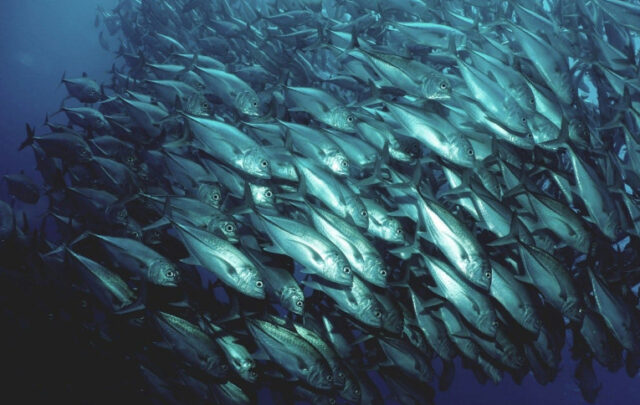SOUTH WEST FOINAVEN – UK (offshore) announced in February 2008 An insignificant find but a find with significance
Around 95% of UK oil production has come from the North Sea. A little oil is also produced from onshore and the Irish Sea off Wales and near to 10% of output now comes from the southern part of the Norwegian Sea, west of the Shetland Isles but in total the UK has seen declining output since 1999.
In February 2008 BP announced an oil discovery in Block 204/23, called South-West Foinaven. The name indicates its location, a few kms southwest of the Foinaven field, one of a cluster of fields 190 kms west of the Shetlands. Foinaven has been producing into a Floating, Production, Storage & Offloading (FPSO) system since 1997 and has produced approximately 250 million barrels so far. It peaked at over 100,000 bbls per day in 2002 (including the satellite East Foinaven) but is now in steep decline.
Should South West Foinaven be developed it will be with subsea wells tied back to the Foinaven FPSO, whose life may then be extended. BP intends to evaluate the discovery but mentions in its press release that 2 wells will be required to develop it. Foinaven itself required 22 production wells to achieve plateau output of 85,000 bbls per day and individually the best wells may have managed a maximum of 5,000 bbls per day. Assuming both the new subsea wells are producers (rather than water injectors) then peak production for South West Foinaven could reach 10,000 bbls per day and total reserves may optimistically be 40 million barrels.
Of course this makes many assumptions that only the operator could confirm. Certainly other small accumulations may lie nearby. The Licence was awarded to BP and its partner Marathon in 2005 in the 23rd Offshore Licensing Round. “Discoveries like this are key to the future of the North Sea…BP is always looking for new opportunities to invest…” says Dave Blackwood, head of BP’s North Sea business.
Quite right too – South West Foinaven is key. Strictly speaking the discovery is not in the North Sea but, leaving that aside, the modest size of the accumulation points to the future of the UK Continental Shelf – a future of decline supported by small satellite discoveries that reduce decline rates by a percent or two. Production from BP’s field could briefly replace perhaps 5 to 10% of the UK’s current decline. There certainly may be the odd substantial accumulation remaining (the last one was Buzzard discovered in 2001) but trumpeting relatively insignificant finds like South West Foinaven will be the significant norm.
Dr Michael R. Smith— www.energyfiles.com





